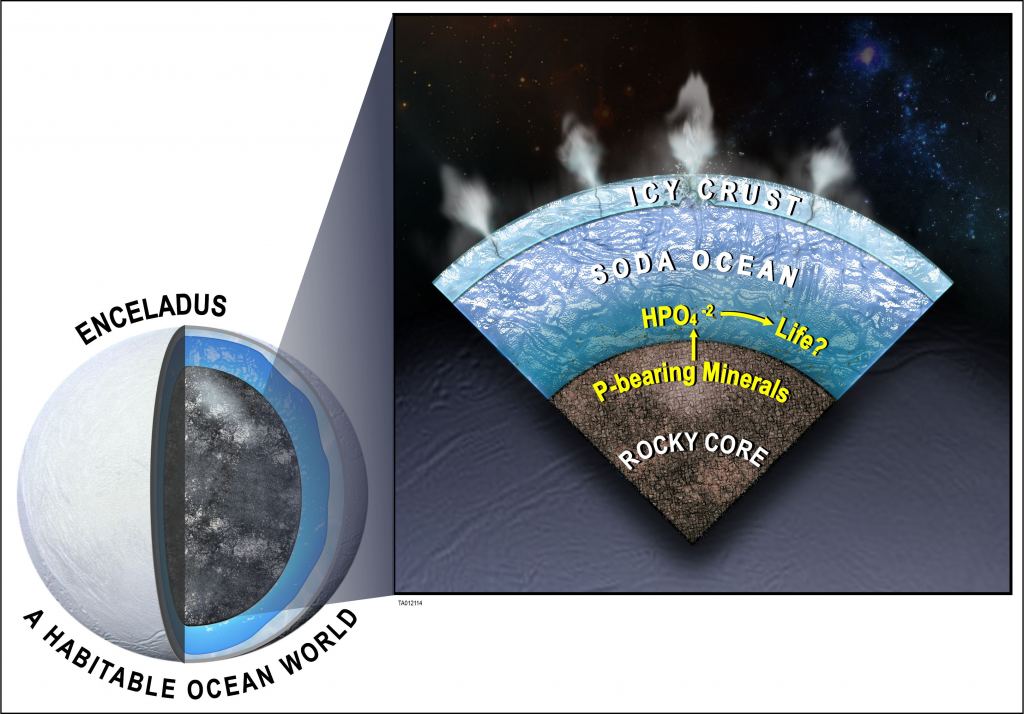The problem with looking for life on other worlds is that we only know of one planet with life. Earth has a wondrous variety of living creatures, but they all evolved on a single world, and their heritage stems from a single tree of life. So astrobiologists have to be both clever and careful when looking for habitable worlds, even when they narrow the possibilities to life similar to ours.
Take, for example, the age-old assumption that habitable worlds must be within a “goldilocks zone” of a star. Not so close as to fry, and not so distant as to freeze. Just the right distance so that liquid water can persist on the world’s surface.
You know, about the distance of Earth from the Sun. But of course, we now know that while Venus seems too hot and Mars too cold, both worlds were warm and wet in their youth. Both had ideal conditions of temperature and water for life to form.
We don’t know if life did appear way back when, but we do know that conditions changed. Venus experienced a runaway greenhouse effect, while Mars lost much of its atmosphere and water to space. We also know that a world doesn’t need to be within a star’s habitable zone to have liquid water.
The large moons of Jupiter such as Europa and Ganymede have a warm interior thanks to tidal forces that keep the worlds thermally active. Both are known to have liquid water under their icy surface, and though they don’t get much sunlight, life could survive near thermal vents in their ocean, similar to the way some life survives deep in Earth’s ocean. The same is true for more distant moons just as Saturn’s Enceladus.
So while hanging out with Goldilocks is a nice bonus for habitable worlds, it isn’t necessary. You just need a thermal energy source that can keep your water wet. And since water is more abundant in the outer solar system, it’s quite possible that life is far more common on the moons of gas giants than it is on Earth-like worlds.
But water isn’t enough for life to survive. You need plenty of the common elements like carbon and nitrogen, which most rocky worlds should have, and you need some less common elements, in particular phosphorus. The abundance of elements in humans.
Credit: OpenStax College Phosphorus is the 11th most abundant element on Earth, but it is the 6th most abundant element in our bodies. And it is absolutely vital for our survival. Phosphorus plays a major role in the structure of DNA and RNA and is a part of Adenosine triphosphate (ATP), which lets cells transfer energy, muscles contract, and nerve impulses travel around our brains.
Every known living thing requires phosphorus to survive. So if we’re looking for extraterrestrial life, their worlds need not just water and heat, they also need phosphorus. And a new study has found such a world right in our backyard.
When the Cassini spacecraft was orbiting Saturn, it captured lots of data on several of its moons, including observations of water plumes coming from Enceladus. These plumes contained plenty of organic compounds, though phosphorus wasn’t detected. But a team studying Enceladus thought phosphorus was likely there.
So they created a geochemical model including thermodynamic and kinetic behavior, and match their model to the Cassini observations. They found that the deep oceans of Enceladus likely extract phosphorus from the rocky ocean floor. This means that the seas of Enceladus are likely rich in phosphorus.
Combined with the organic materials we know exist on the icy moon, there is plenty of chemistry to support life similar to Earth’s deep oceans. Of course, these findings add just one more key to the puzzle of life elsewhere. We still have no evidence of life on Enceladus, but given this latest study, it might be worth sending a probe to Saturn’s moon to find out.
Reference: Jihua Hao, et al. “Abundant phosphorus expected for possible life in Enceladus’s ocean. ” Proceedings of the National Academy of Sciences 119.
39 (2022): e2201388119. The post It Appears That Enceladus is Even More Habitable Than we Thought appeared first on Universe Today. .
From: universetoday
URL: https://www.universetoday.com/157703/it-appears-that-enceladus-is-even-more-habitable-than-we-thought/



